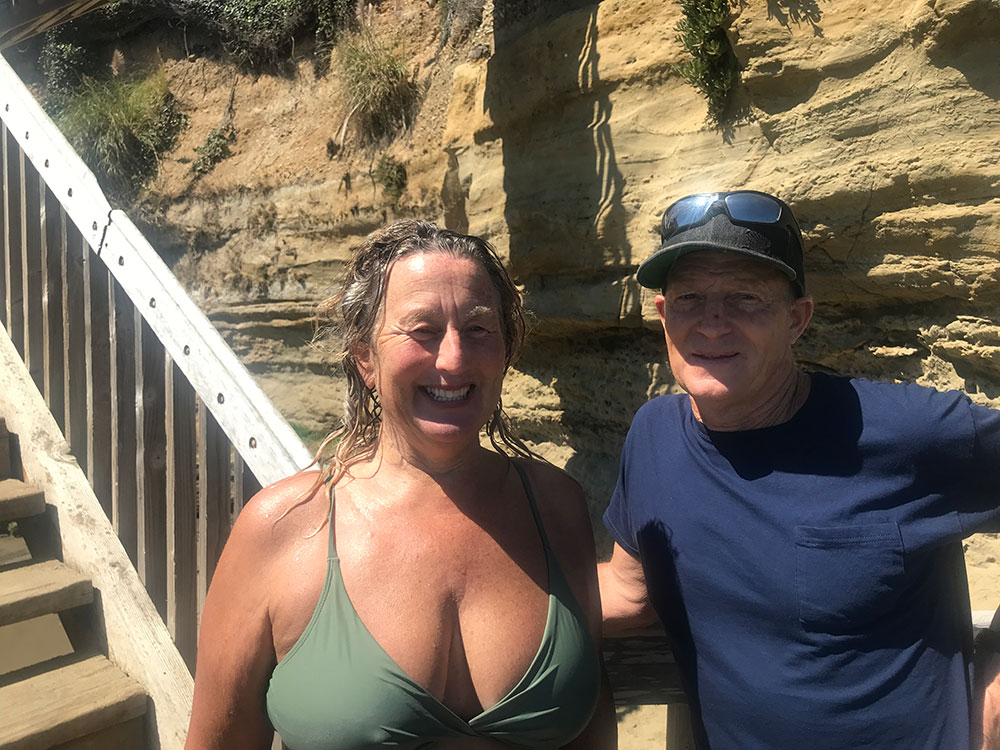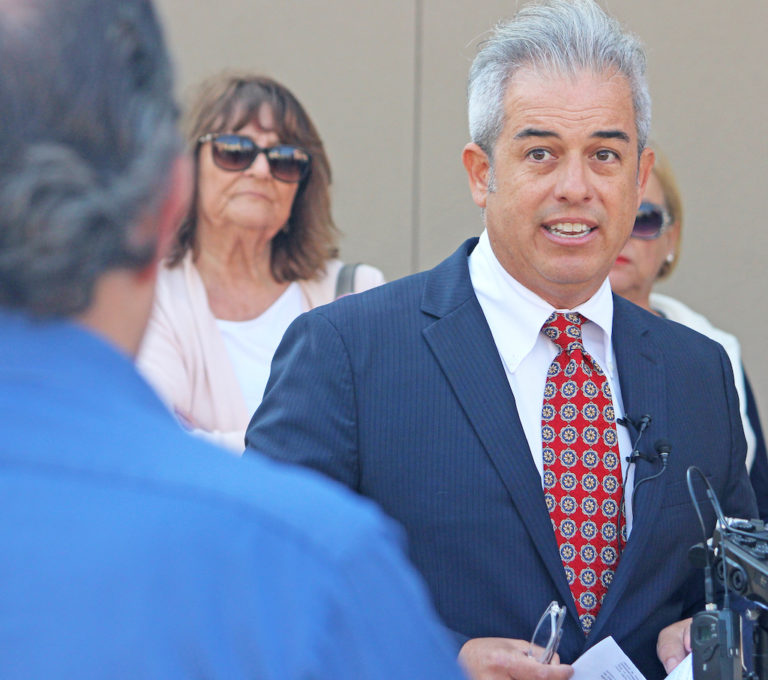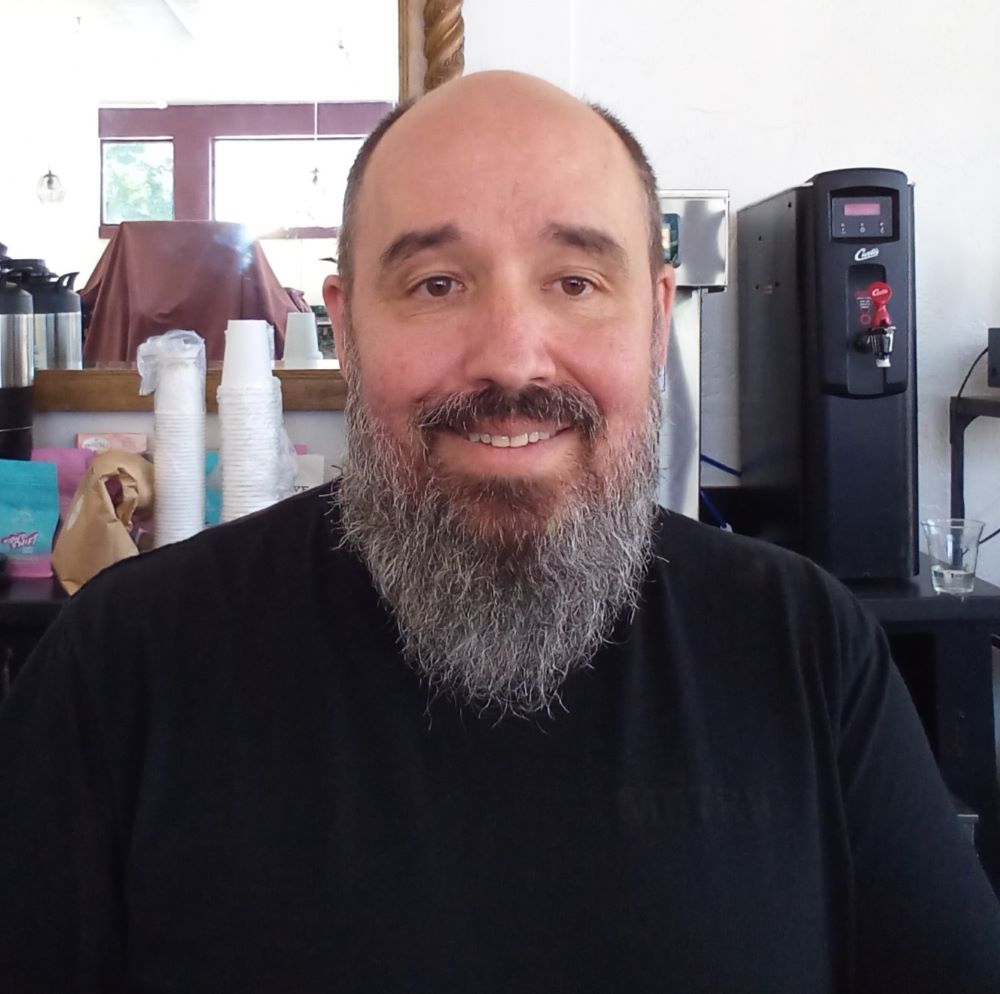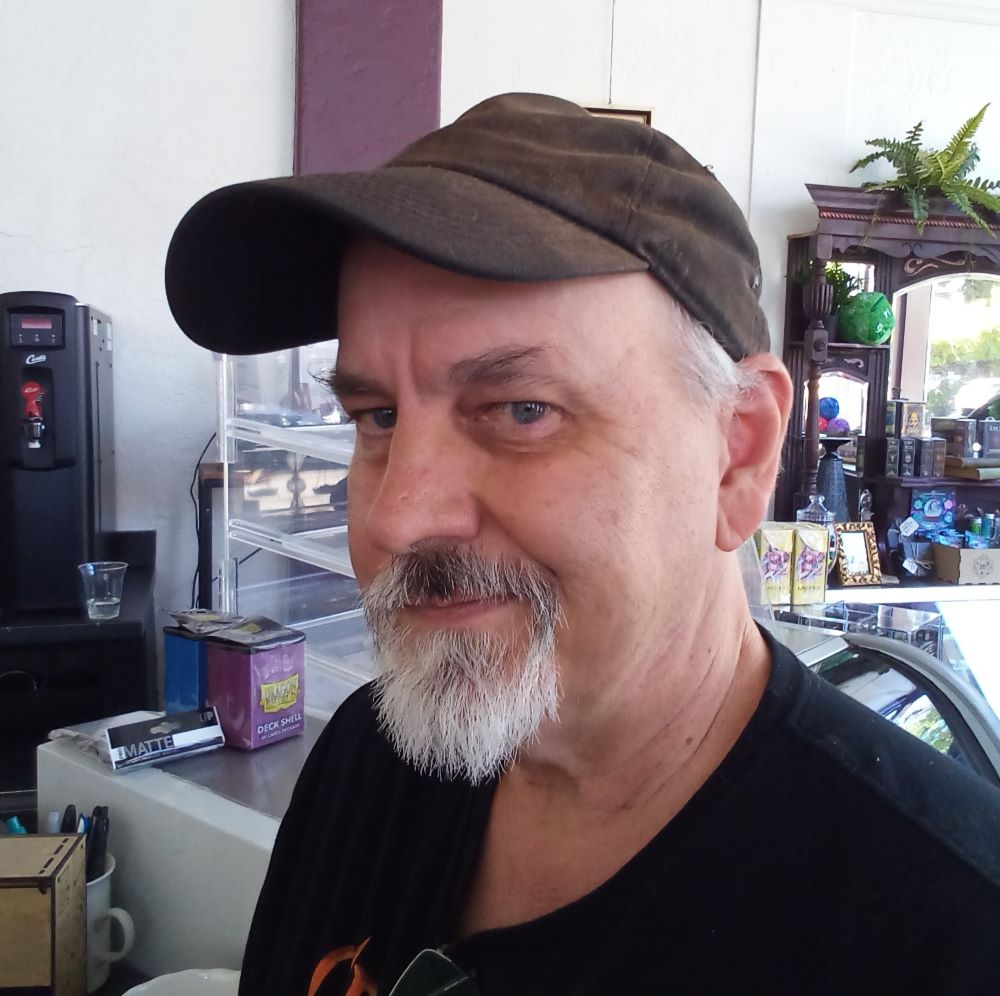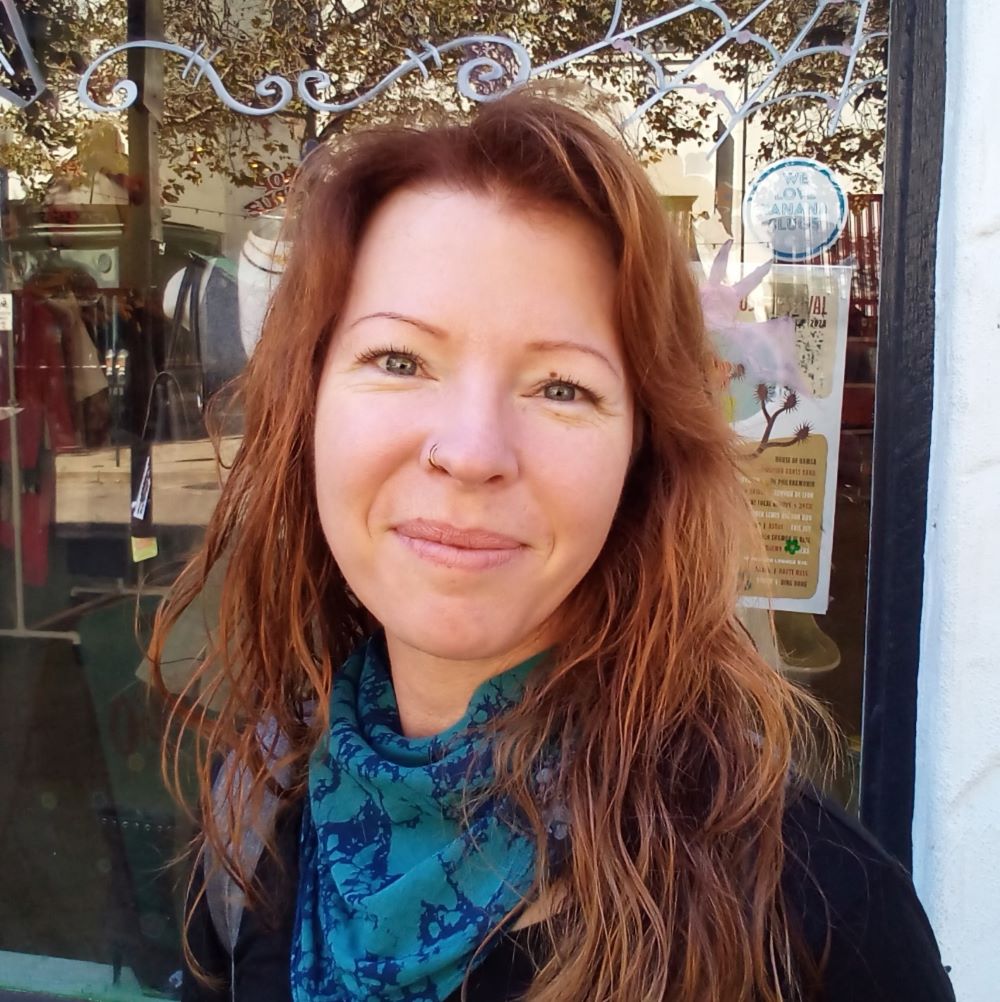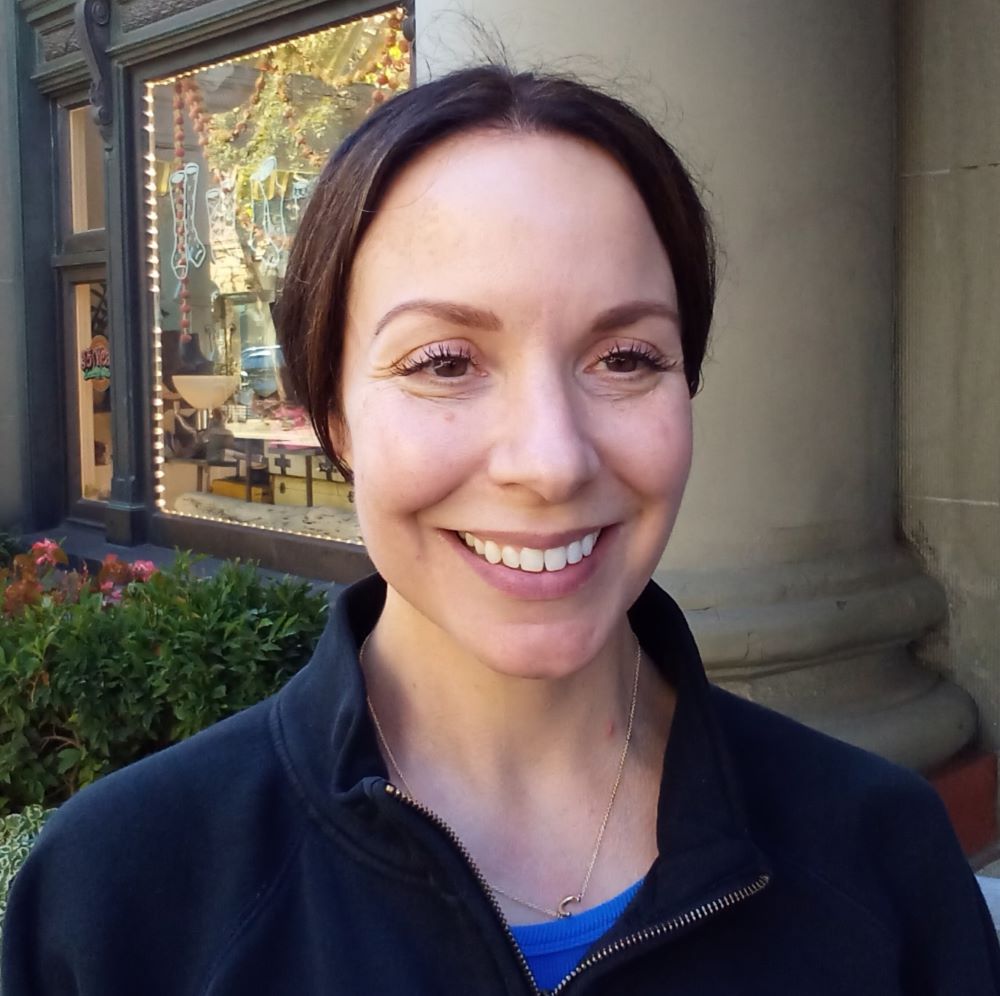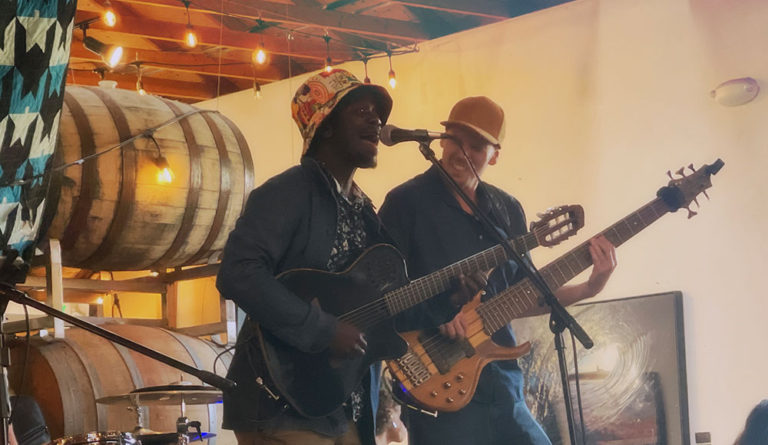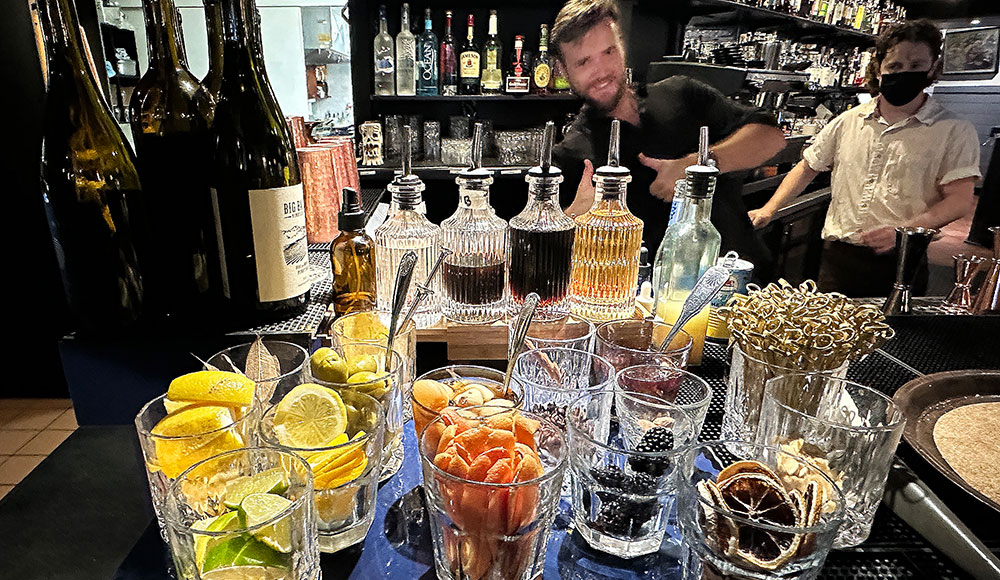As the fall quarter begins this week at UC Santa Cruz and other UC campuses, students will face tightened measures in response to pro-Palestine protests earlier this year. The 2024 spring quarter ended with dramatic clashes between hundreds of protestors and multiple law enforcement agencies at the base of the UCSC campus, resulting in over 122 arrests. Now, new university policies are tamping down on direct actions that block access to campus and on alleged antisemitic harassment at protests.
The new policies were required by state lawmakers as part of the Budget Act of 2024, which was approved in June, and allocated over $4.8 billion for the UC system.
“To safeguard everyone’s right to expression and right to engage fully in their learning, teaching, work, and research, UC Santa Cruz, under the umbrella of the University of California system, must also take action to protect our community from harassment or threats, impediments to access to campus, classrooms and university facilities, and from violence of any kind,” read an internal UCSC communication dated Sept. 11.
“UC Santa Cruz and the system as a whole must also comply with system, state, and federal policies that protect the rights of expressive activity, provide safeguards for state and federally protected identities, and ensure safe and timely and full access to our campuses for all.”
The state senate bill calls for all UC campuses to address the range of consequences under state and federal laws for discrimination based on shared ancestry under Title VI of the Civil Rights Act of 1964. It also requires campuses to notify students of how the university “intends to ensure students can safely access buildings and activities on campus.”
On Aug. 19, UC President Michael V. Drake sent out a letter to all administrators requiring them to make public the new policies regarding “expressive activities.”
The new policies ban any form of encampment on university property; the erection of any structures on university property; the blocking or obstructing of roadways, walkways, buildings, parking structures, fire lanes, windows, doors or other passageways to university property; and also bans the use of masks to conceal identity while requiring all individuals on campus to identify themselves to authorities.
Other college campuses, such as USC, have heightened security and installed screening stations at all main entrances. UCSC spokesperson Scott Hernandez-Jason told Good Times in an email that due to being a public university, the campus will remain freely accessible.
While UCSC will not restrict access to campus, the new policies can be seen as a direct response to protest actions last May.
After demonstrations against the Israel-Gaza War overtook colleges nationwide earlier this year, protestors moved to erect encampments on dozens of campuses. UCSC students set up their own at the Quarry Plaza at the beginning of May, occupying the hub of campus.
The action was led by Students for Justice in Palestine at UC Santa Cruz, an offshoot of the national SJP organization founded at UC Berkeley in 1993. UCSC organizers demanded that the school divest from companies tied to Israel and US weapons manufacturers.
Jewish groups nationwide began denouncing the encampment protesters as antisemitic, and Chabad on Campus at UCSC, a Jewish cultural organization, publically lambasted the Quarry action.
UCSC officials were slow to respond to the encampment, generally leaving them alone for the better part of a month. But in late May, graduate students represented by the United Auto Workers (UAW) local 4811 held a protest at the base of campus condemning the treatment of colleagues at the hands of authorities at UCLA. The Southern California encampment was aggressively dismantled by UCPD and LAPD after mobs of counter protesters attacked the encampment, leaving dozens wounded.
UAW members and other protestors blocked the main entrance to UCSC, culminating in a raid by multiple law enforcement agencies in the early hours of May 31. Students detained at the protest were barred from campus for 14 days just as commencement ceremonies were slated to take place.
In early June, an Orange County Superior Court judge ruled in favor of the University of California, which had called the UAW strike illegal. The ruling barred the union from striking, and talks between the university and UAW are ongoing.
Rebecca Gross, head steward with 4811, told GT that some members that were arrested in May have yet to be arraigned, and that the looming charges are being used as intimidation by UC administration.
“I think that does create sort of a chilling effect, or it’s intended to create an effect and intimidate or manipulate people into not engaging in protest activity, which we all know is protected by folks’ First Amendment rights,” Gross said.
On Sept. 9, the American Civil Liberties Union (ACLU) filed a suit in Santa Cruz County Superior Court against the University, saying the bans were “unconstitutional and overbroad, depriving students and faculty of their due process rights.”
Under California law, university administrators can “withdraw consent” from letting arrested students on campus for 14 days. According to the ACLU, the university was required to hold hearings before the campus bans unless a person was deemed a threat to people or property, which the group says was not proven by the administrators.
Gross said that union members were also concerned about the no-mask policy, which she says also applies to personal protective masks like N-95s.
“The idea that you can’t wear a mask […], which was part of that new policy that was unrolled, is really troubling, especially as we’re in a Covid surge,” Gross said.
While the new policies do ban masks, it is only if individuals are trying to conceal their identity with the intent of intimidating people or groups, or if they are evading authorities after violating laws or university policy, according to the directive’s language. The use of personal protective masks was not addressed in the guidelines.
The fall quarter will begin just weeks away from the one-year anniversary of Oct. 7, when Hamas militants attacked southern Israel, killing around 1,200 Israelis and foreigners, and taking nearly 250 hostages, according to Israeli authorities. In response, Israel has sustained an unprecedented bombing campaign, leveling most of the Gaza Strip and inflicting a death toll nearing 40,000 people, according to the Gaza Health Ministry. However that number may be higher, with some estimates marking deaths as high as 186,000.
University police may be preparing for potential unrest as the term begins. At the recent UC Board of Regents meeting held from Sept. 19-21 at UCLA, the UCPD made its annual request for military-grade weaponry.
UCSC police requested to purchase two drones and a report stated that in the past year the department had used Long Range Acoustic Device (LRAD) or “crowd management.” By comparison, UCLA requested 3,000 pepper ball rounds and 400 flash bang rounds.




